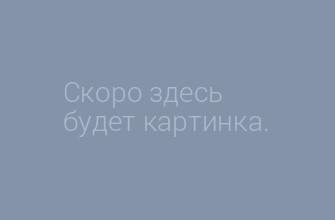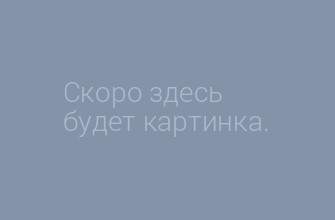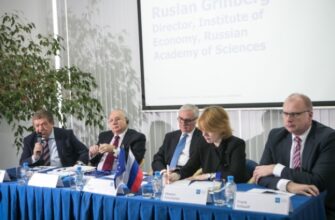According to Rosstat, Russia’s GDP fell by 0.6% in the second quarter of 2016 compared to the second quarter of 2015 and increased by 7% compared to the first quarter of 2016. Thus, GDP decreased by 0.9% to 38.5 trillion rubles according to the results of January-June 2016. Agriculture showed the greatest growth (+1.5%) and fishing / fish farming – the largest drop (-9.5%) during the reporting period. Also worth noting some of the most important sectors of the economy: mining – 1.2%, financial activity – + 1.4%, manufacturing – -1.7%, trade – -1.8%.
In January-June, Russia’s foreign trade turnover decreased by 22.6% to 212 billion USD. Of these exports had 128.4 billion USD (-29.3%), and for imports – 83.6 billion USD (-9.4%).
The average monthly nominal wage in the country amounted to 38’447 rubles in June 2016, which is 8.6% higher than a year earlier. The growth of consumer prices amounted to 7.8% for the period. The minimum monthly salary level recorded among the workers of textile and clothing industries – 17’571 rubles and the maximum – for workers engaged in the extraction of fuel and energy minerals – 79’839 rubles.
The Russians began to feel a little more confident in consumer expectations in the second quarter of 201, however, these figures are still around the lows of 2008-2009. Thus, the overall Index of consumer confidence of Russians was -26% (in the first quarter was -30%), and the Index of favorable conditions for large purchases – -41% (was -43%).
Most analysts agree that Russia’s economy in 2016 will show a negative result. The only difference is the recession forecasts. So Ministry of Economic Development expects the decline of Russia’s GDP by 0.6% in 2016 with inflation at 5.8%, the average consensus forecast of the Institute “Development Center” predicts a decrease of 0.8% with inflation of 6.5%, and the rating agency Moody’s predicts economic decline by 1%. The same analysts believe that the country’s GDP may show growth in the range 0.6-1.5% for inflation 4.6-5.3%in 2017. Despite this, experts have called this growth too little and consider that Russia’s economy is moving from recession to stagnation.
Sources:
Russian Statistics Service, Russian Statistics Service, Russian Statistics Service, Russian Statistics Service, Russian Statistics Service, High School of Economy, Central Bank of Russia, Gazeta.ru, Vedomosti.ru




